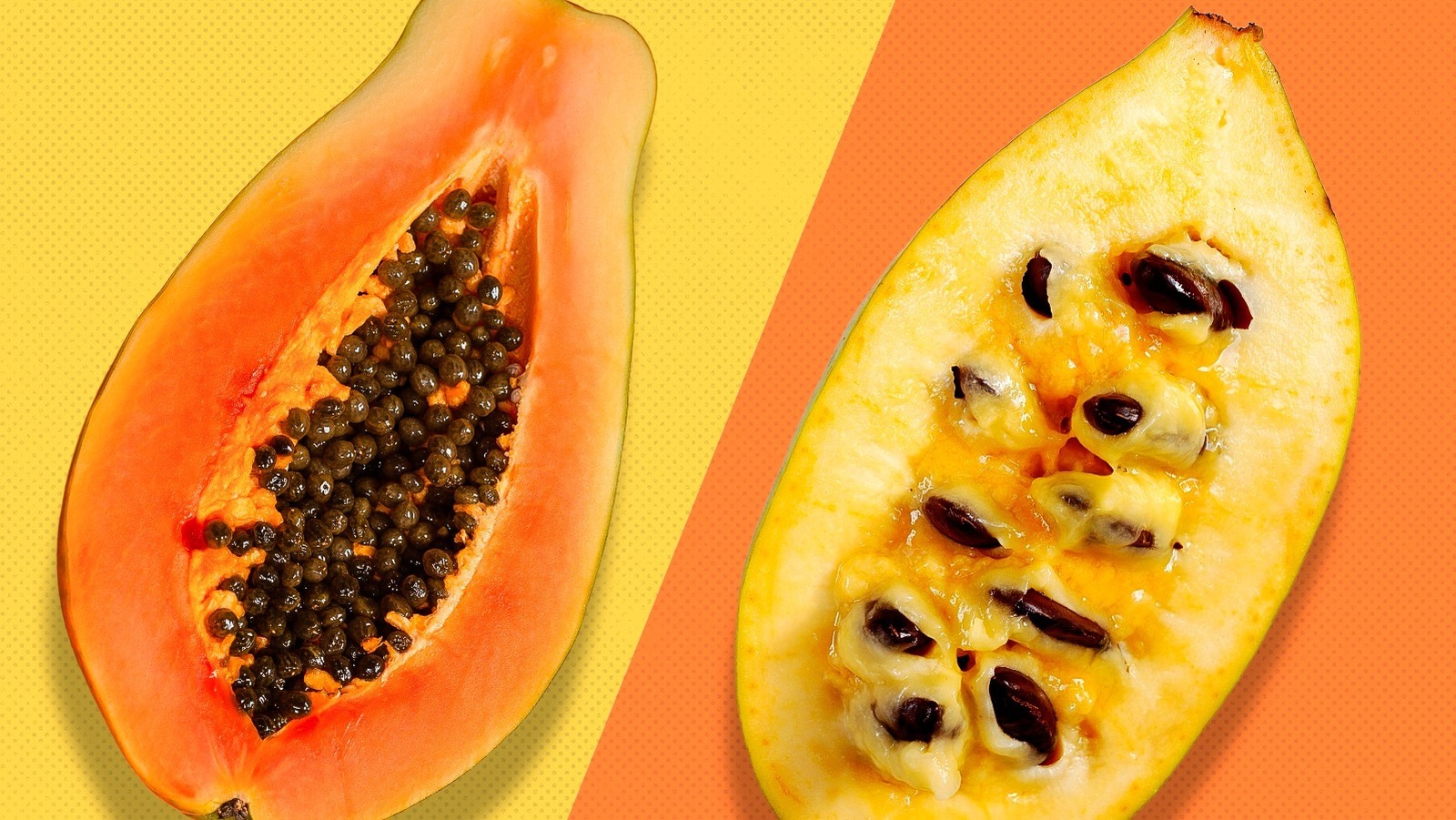
"Papayas and pawpaws are not the same fruit and come from distinctly different regions despite their similar names and appearances. Papayas are native to Central America, while pawpaws originate from North America."
"Papayas are large, pear-shaped fruits with vibrant orange flesh and a sweet, slightly musky taste. Pawpaws are oblong with light-green skin and a creamy, custardy flavor."
"Papayas contain the enzyme papain, which breaks down muscle-based protein, making them useful as a meat tenderizer."
Papayas and pawpaws are unrelated fruits that differ significantly in classification, appearance, taste, and origin. Papayas (Carica papaya), native to Central America, have a sweet musky flavor and vibrant orange flesh. In contrast, pawpaws (Asimina triloba) are oblong, light-green-skinned, and have a creamy custardy flavor, native to North America. Both fruits have varying cultural significance and names based on geographic location. Papayas contain the enzyme papain, making them effective as a meat tenderizer, while pawpaws have a shorter shelf life and thrive in fewer conditions.
Read at Tasting Table
Unable to calculate read time
Collection
[
|
...
]